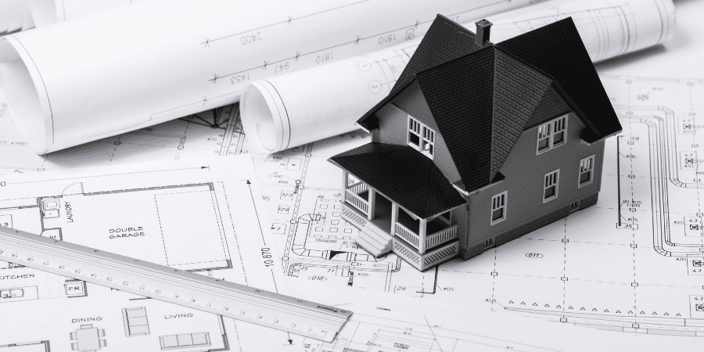Design With Purpose Using Sustainable Architecture Practices
Sustainable architecture focuses on creating buildings and structures that minimize environmental impact while maximizing energy efficiency and social responsibility. The core principle behind sustainable design is the use of resources in a way that not only meets present needs but also ensures that future generations can thrive without compromising the Earth’s natural systems. This approach involves a deep integration of ecological, economic, and social factors throughout the entire design and construction process. By prioritizing renewable resources, reducing energy consumption, and employing strategies that promote ecological harmony, sustainable architecture aims to leave a positive imprint on both the environment and society. One of the primary components of sustainable architecture is energy efficiency. Buildings are responsible for a significant portion of global energy consumption, and as such, reducing energy use is a key factor in sustainable design. This can be achieved through smart building orientation, passive heating and cooling techniques, and high-performance insulation. By positioning a building to take advantage of natural sunlight, architects can reduce the need for artificial lighting and heating. Furthermore, incorporating features such as green roofs, solar panels, and wind turbines allows buildings to generate their own renewable energy, thus reducing their carbon footprint.

Effective water management strategies, such as rainwater harvesting systems and greywater recycling, help reduce the demand on local water supplies. Low-flow fixtures and drought-resistant landscaping also contribute to water efficiency. Moreover, the selection of materials plays a vital role in sustainable architecture and click to read here. The use of locally sourced, non-toxic, and recycled materials can significantly reduce a building’s environmental impact, both in terms of resource extraction and waste generation. Materials such as bamboo, reclaimed wood, and recycled steel are not only environmentally friendly but also offer aesthetic and structural advantages. Additionally, sustainable design emphasizes the creation of spaces that promote human well-being. Natural ventilation, access to daylight, and the integration of biophilic design elements, such as indoor plants and green walls, have been shown to improve indoor air quality and contribute to the mental and physical health of occupants. These elements also help to create environments that foster creativity, productivity, and overall happiness, aligning with the principles of a more holistic approach to architecture.
Another important consideration in sustainable architecture is the longevity and adaptability of a building. Buildings designed with flexibility in mind can easily accommodate changing needs over time, reducing the likelihood of premature demolition and the associated waste. By using materials that age well and incorporating design features that allow for easy modification or repurposing, architects can extend the life cycle of a building and reduce its long-term environmental impact. The concept of a circular economy is also integrated into sustainable design, where buildings and their components are reused, repaired, or recycled rather than discarded. Incorporating sustainability into architecture requires not only a deep understanding of environmental science but also a commitment to creating spaces that enhance human experience. By focusing on the intersection of ecology, technology, and design, sustainable architecture offers a solution to many of the pressing challenges facing our planet. This approach can create beautiful, functional spaces that not only minimize environmental impact but also foster a deeper connection between people, nature, and the built environment.